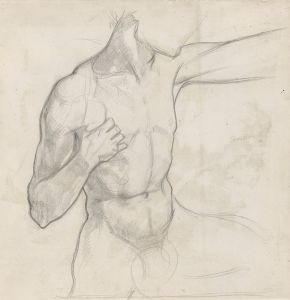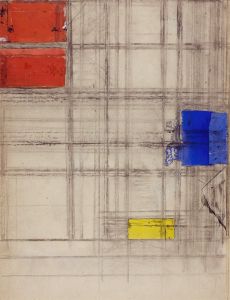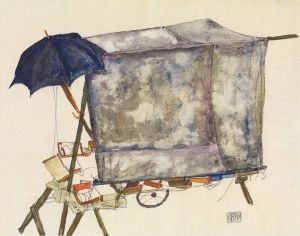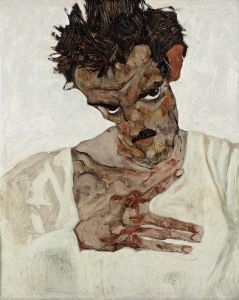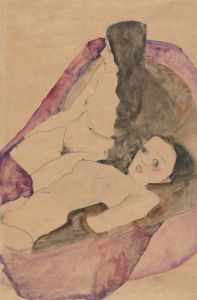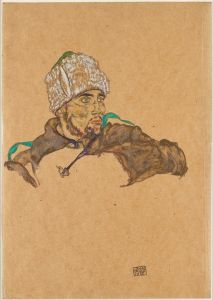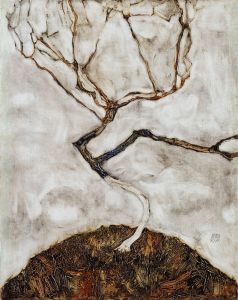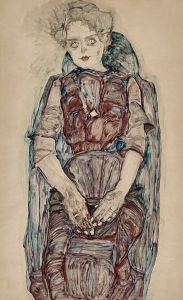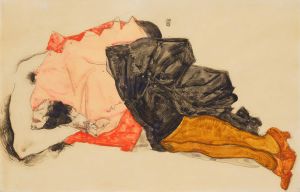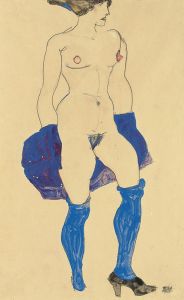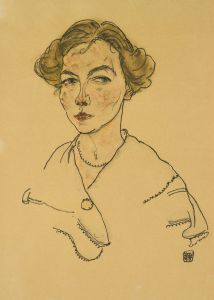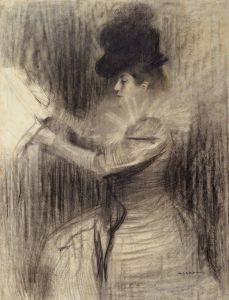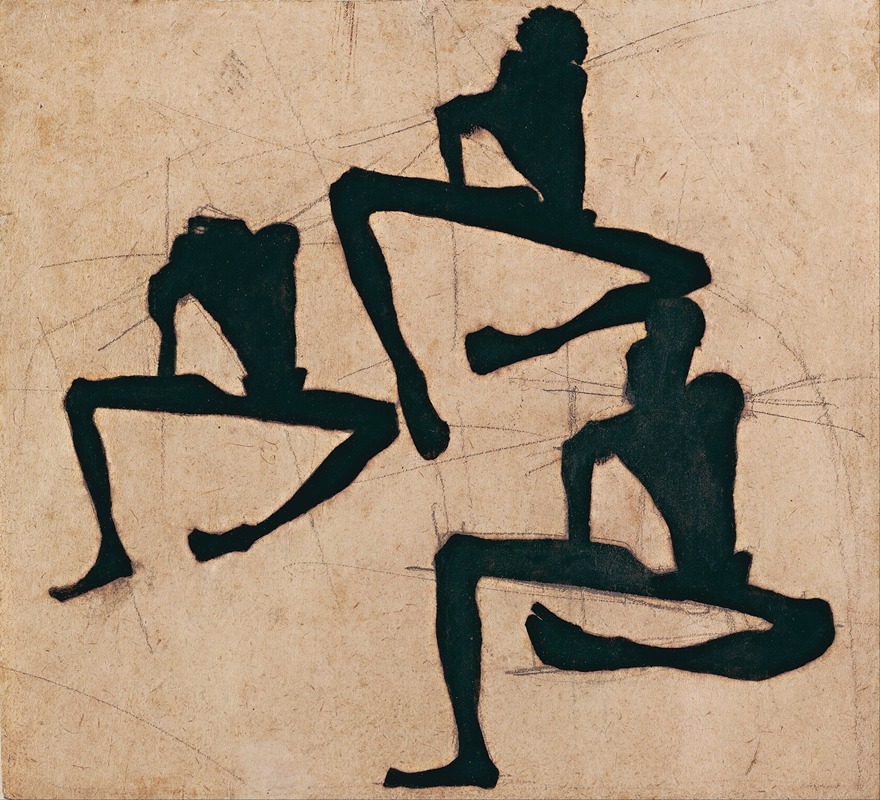
Composition with Three Male Nudes
A hand-painted replica of Egon Schiele’s masterpiece Composition with Three Male Nudes, meticulously crafted by professional artists to capture the true essence of the original. Each piece is created with museum-quality canvas and rare mineral pigments, carefully painted by experienced artists with delicate brushstrokes and rich, layered colors to perfectly recreate the texture of the original artwork. Unlike machine-printed reproductions, this hand-painted version brings the painting to life, infused with the artist’s emotions and skill in every stroke. Whether for personal collection or home decoration, it instantly elevates the artistic atmosphere of any space.
Egon Schiele, an Austrian painter known for his distinctive style and provocative subject matter, created "Composition with Three Male Nudes" in 1911. Schiele was a leading figure in early 20th-century Austrian art, closely associated with the Expressionist movement. His work is characterized by its raw emotional intensity, bold lines, and often controversial themes, including sexuality and the human form.
"Composition with Three Male Nudes" is a striking example of Schiele's exploration of the human body and his interest in the complexities of human identity and emotion. The painting features three male figures, depicted in a manner that emphasizes their angular forms and stark expressions. Schiele's use of line and color in this composition is typical of his style, with sharp contours and a limited, yet expressive, color palette that draws attention to the figures' physicality and the psychological tension between them.
The painting reflects Schiele's fascination with the human figure as a means of exploring deeper existential themes. His portrayal of the male nudes is both intimate and detached, inviting viewers to consider the vulnerability and strength inherent in the human condition. The figures are arranged in a way that suggests both connection and isolation, a recurring motif in Schiele's work that underscores the complexity of human relationships.
Schiele's approach to the nude was revolutionary for his time, challenging traditional representations of the body in art. His work often provoked controversy due to its explicit nature and the artist's willingness to confront societal taboos. Despite this, Schiele's art was celebrated for its innovation and emotional depth, earning him a significant place in the history of modern art.
The context of Schiele's life and career is essential to understanding "Composition with Three Male Nudes." Born in 1890 in Tulln, Austria, Schiele showed an early talent for drawing and was accepted into the Academy of Fine Arts in Vienna at the age of 16. He was influenced by the work of Gustav Klimt, a leading figure in the Vienna Secession movement, and developed a style that was both distinct and reflective of the broader trends in European art at the time.
Schiele's career was marked by both critical acclaim and personal challenges. His work was exhibited alongside other prominent artists of the period, and he gained a reputation for his bold and unconventional approach to art. However, his life was cut short by the Spanish flu pandemic, which claimed his life in 1918 at the age of 28.
"Composition with Three Male Nudes" remains an important work within Schiele's oeuvre, exemplifying his skill as a draftsman and his ability to convey complex emotional states through the depiction of the human form. The painting continues to be studied and appreciated for its artistic merit and its contribution to the development of modern art.






